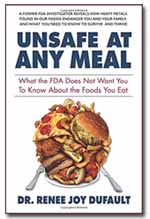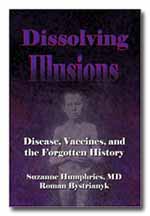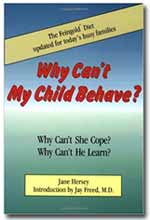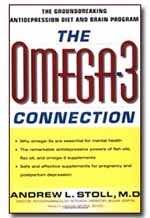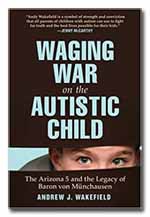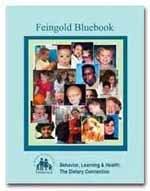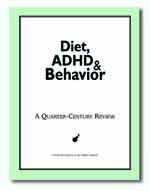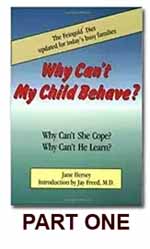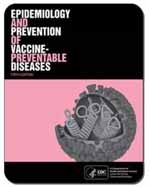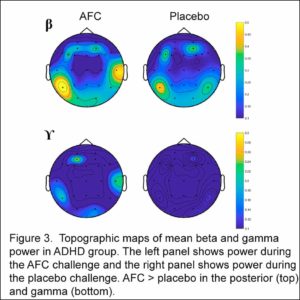 Kirkland AE, Langan MT, & Holton KF,
Kirkland AE, Langan MT, & Holton KF,
Nutritional Neuroscience (2020),
DOI: 10.1080/1028415X.2020.1730614
Although this is a small pilot study, and the first to consider young adults, it indicates that food dyes may affect both brainwave activity and ADHD symptoms in college students with ADHD.
What was especially interesting is that while all these college students had the same baseline attention measures and EEG activity before eating the cookies with food dye, exposure to the food dyes affected only those diagnosed with ADHD. The amount of food dye used was 225 mg of mixed food dyes (half the intake expected of “high consumers” according to the FDA advisory committee in 2011), camouflaged in chocolate cookies.
QUOTE: “AFC (artificial food color) was shown to have differential effects on mid and high-frequency bands in the posterior brain regions of young adults with ADHD.”
QUOTE: “This is the first study, to our knowledge, to test the effects of AFC in young adults. Second, this study uses the largest dose (225 mg) of combined AFC to date, an amount that is still physiologically appropriate and able to be consumed by an adult while eating normal food products.”


